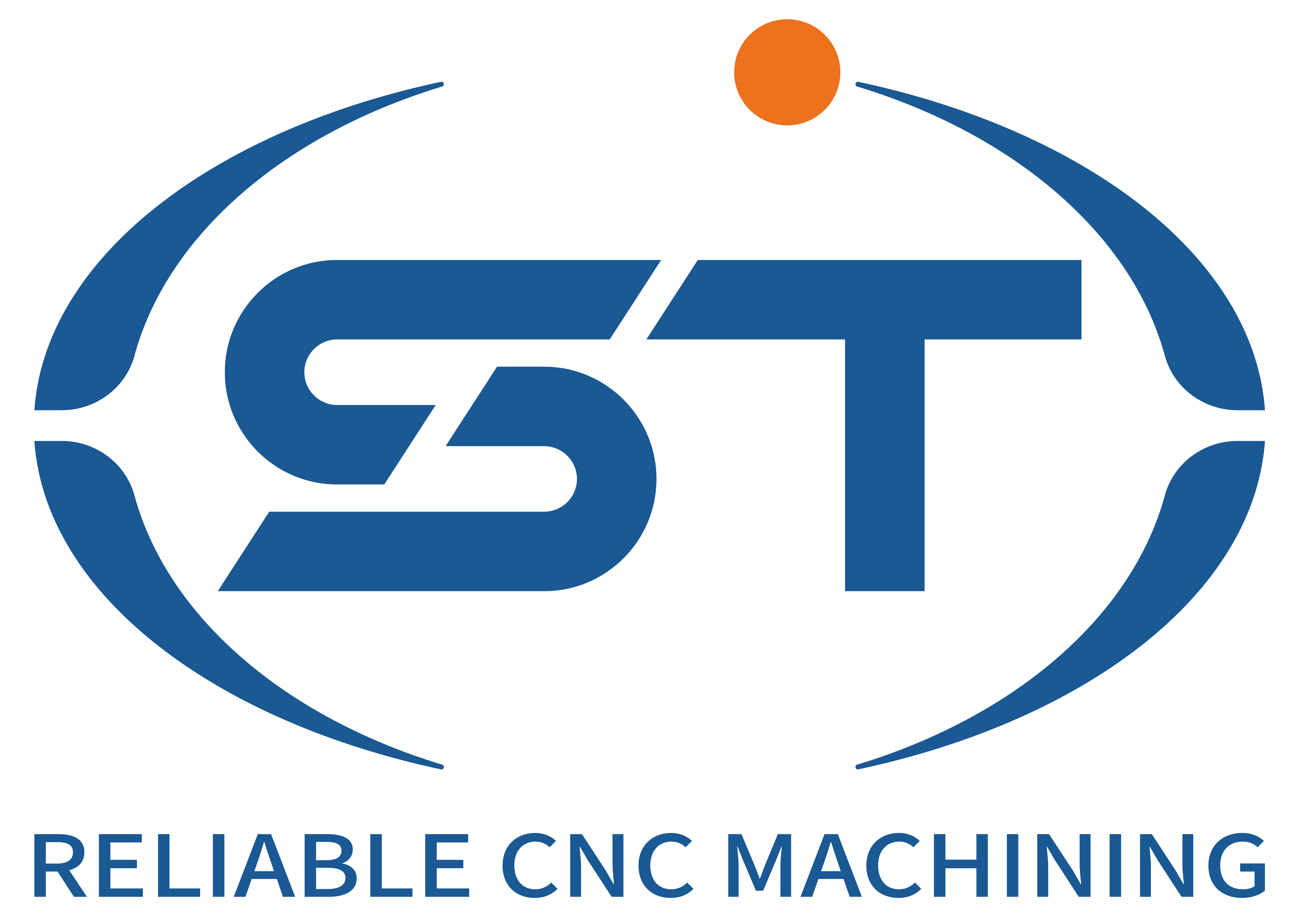Process Consolidation Techniques in Lavorazione CNC of Automotive Components to Streamline Production
In automotive CNC machining, consolidating operations reduces setup times, material handling, and overall cycle times, enhancing efficiency and cost-effectiveness. By strategically merging steps like roughing, finishing, drilling, or tapping, manufacturers can minimize non-cutting time and improve throughput. Below are actionable techniques to merge processes effectively while maintaining precision and quality.
Table of Contents
ToggleMulti-Tasking Tool Integration and Combined Roughing-Finishing Strategies
Leveraging multi-tasking tools—such as combination drills with countersinks, or end mills with integrated chamfering edges—enables multiple operations in a single pass. For example, a drill with a built-in chamfer tool can eliminate the need for a separate deburring step after hole creation, reducing tool changes and cycle time.
Combined roughing and finishing strategies further streamline workflows. By using advanced toolpaths—like adaptive clearing followed by high-feed finishing—machines can transition seamlessly from material removal to surface refinement. For instance, a single tool might perform heavy roughing cuts to remove bulk material, then switch to a lighter finish pass to achieve the required surface quality, all without manual intervention.
Tool geometry optimization also supports process consolidation. By designing tools with multiple cutting edges or profiles, manufacturers can perform operations like facing, profiling, and slotting in a single setup. For example, a form tool with a stepped profile might machine a complex contour and a shoulder feature simultaneously, reducing the need for multiple tool exchanges.
5-Axis Machining and Simultaneous Multi-Surface Operations
5-axis CNC machines enable simultaneous cutting on multiple surfaces, eliminating the need for repositioning or secondary setups. By tilting the tool or workpiece dynamically, these machines can access complex geometries in a single operation. For example, a 5-axis machine might mill a turbine housing’s interior curves and exterior flanges without stopping to reorient the part, saving hours of setup time.
Simultaneous 5-axis strategies also improve accuracy. By reducing the number of part clamping events, manufacturers minimize alignment errors and part distortion. For instance, machining a transmission housing’s mating surfaces and bolt holes in one setup ensures precise dimensional relationships, eliminating the risk of misalignment from multiple fixtures.
Programming optimizations—such as collision avoidance algorithms and toolpath smoothing—enhance 5-axis efficiency. By automatically adjusting tool orientations to avoid interference and maintain optimal cutting conditions, these features enable faster, safer multi-surface operations. For example, a software-generated toolpath might tilt the spindle to avoid a fixture while maintaining a consistent chip load, improving both speed and quality.
Feature-Based Programming and Automated Operation Sequencing
Feature-based CAM software allows manufacturers to group related machining operations by geometric features—such as holes, pockets, or bosses—rather than by tool type. By prioritizing features that share tooling or setups, programmers can minimize tool changes and air cuts. For example, the software might sequence all drilling operations first, followed by tapping, using the same fixture and tool magazine positions to reduce downtime.
Automated operation sequencing further streamlines workflows. By analyzing toolpaths and machine kinematics, CAM systems generate optimized sequences that minimize non-cutting movements. For instance, the software might arrange operations to maximize tool travel efficiency, moving from one feature to the next without retracting the tool fully between cuts.
Simulation and verification tools ensure feature-based programming works as intended. By detecting potential collisions, gouges, or inefficiencies in virtual environments, manufacturers can refine sequences before physical production. For example, a simulation might reveal that a proposed feature grouping would cause a tool to collide with a fixture, prompting a reordering of operations to avoid the issue.
Modular Fixturing and Quick-Change Workholding Solutions
Modular fixturing systems enable rapid reconfiguration for consolidated processes. By using reusable components like clamps, locators, and base plates, manufacturers can adapt fixtures to different part geometries without extensive rework. For example, a modular vise system might accommodate multiple part variants by swapping jaw inserts or adding risers, enabling consolidated machining across a product line.
Quick-change workholding solutions—such as hydraulic or pneumatic clamps—reduce setup times further. By enabling fast, secure part loading and unloading, these systems minimize idle time between jobs. For instance, an operator might swap a finished part for a raw blank in seconds using a zero-point clamping system, ensuring the machine remains productive.
Standardized fixturing protocols also support process consolidation. By establishing consistent mounting interfaces and reference points, manufacturers ensure parts align correctly in any setup. For example, a universal datum scheme might allow the same fixture to be used for roughing, finishing, and inspection, eliminating the need for redundant alignment steps.
By implementing these techniques—multi-tasking tools, 5-axis machining, feature-based programming, and modular fixturing—automotive manufacturers can significantly reduce cycle times, improve part quality, and enhance flexibility in CNC production. These strategies not only lower operational costs but also enable faster response to design changes and customer demands in a competitive industry.




